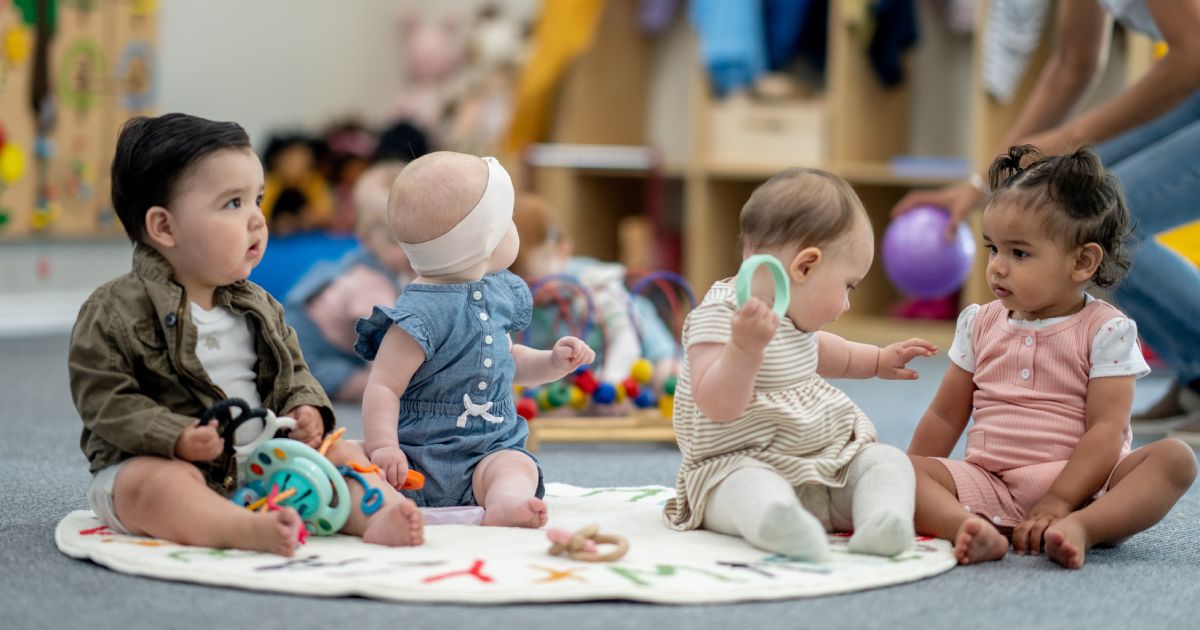Three-year-olds in Early Head Start are in good health, and their language skills and social and emotional development improved with time in the program, according to results from Baby FACES, the Administration for Children and Families' descriptive study of Early Head Start. Baby FACES builds on the success of the Head Start Family and Child Experiences Survey (FACES). Both surveys were conducted by Mathematica.
Other key findings from the survey include the following:
- Greater family involvement with Early Head Start is associated with better behavior at age 3. Children whose families are rated as highly involved with Early Head Start over the course of two years demonstrate more positive and fewer negative behaviors than do children whose families are less involved.
- Classroom quality is positively associated with language development. Children in classrooms that have a higher quality rating have better scores on a standardized test of word knowledge than do children in classrooms that are rated lower in quality.
- The services offered by Early Head Start are widely used. Families "take up" a large proportion of the services offered by the program. For example, children ages 1 to 2 who get center-based services for a full year attend 85 percent of the center days available to them, on average, and 86 percent of the days available to them when they are between ages 2 and 3.
- The quality of home visits is not associated with outcomes for 3-year-olds overall, except for Spanish-speaking children. For them, higher-quality visits are associated with better knowledge of the Spanish language.
Findings are from the third and final report on Baby FACES, which describes the experiences of families and children in Early Head Start when the children were 3 years old. The first report provides baseline findings and in-depth information about the survey methodology; the second describes findings from data collected when the children were 2 years old. Baby FACES is designed to inform decisions about early childhood programs at both the national and local levels.
To learn more about Baby FACES, read the fact sheet for the full report.

